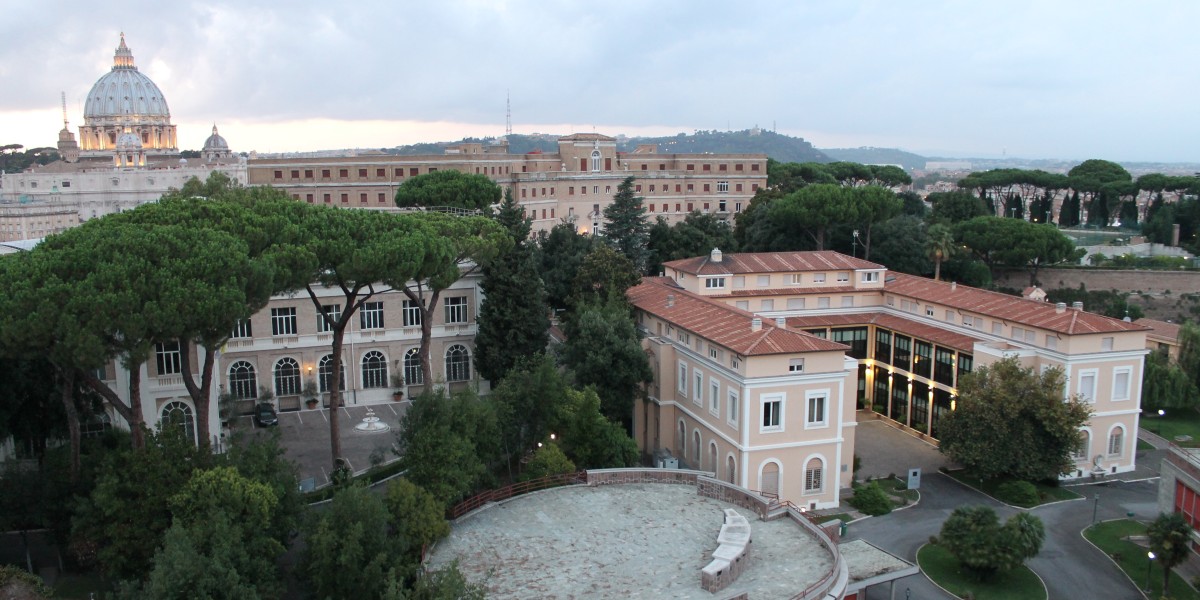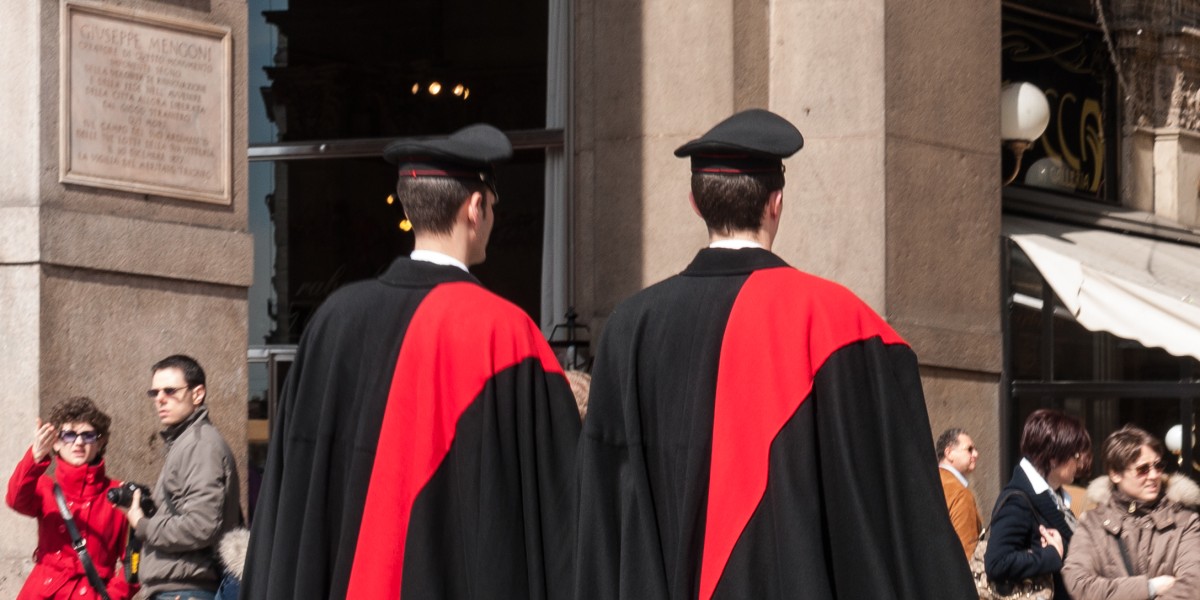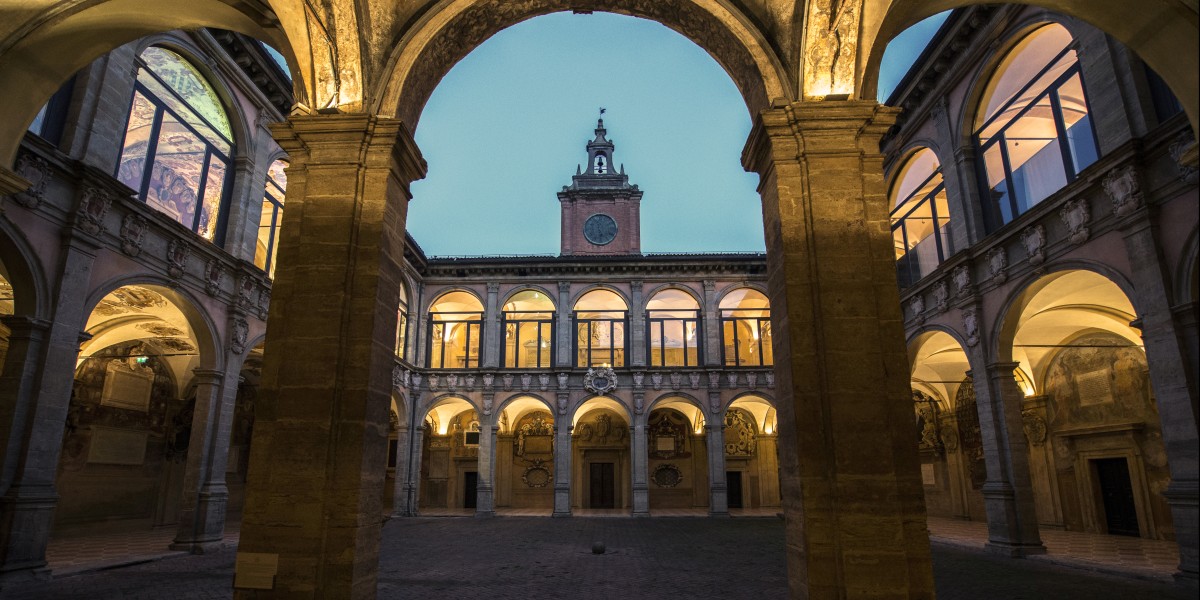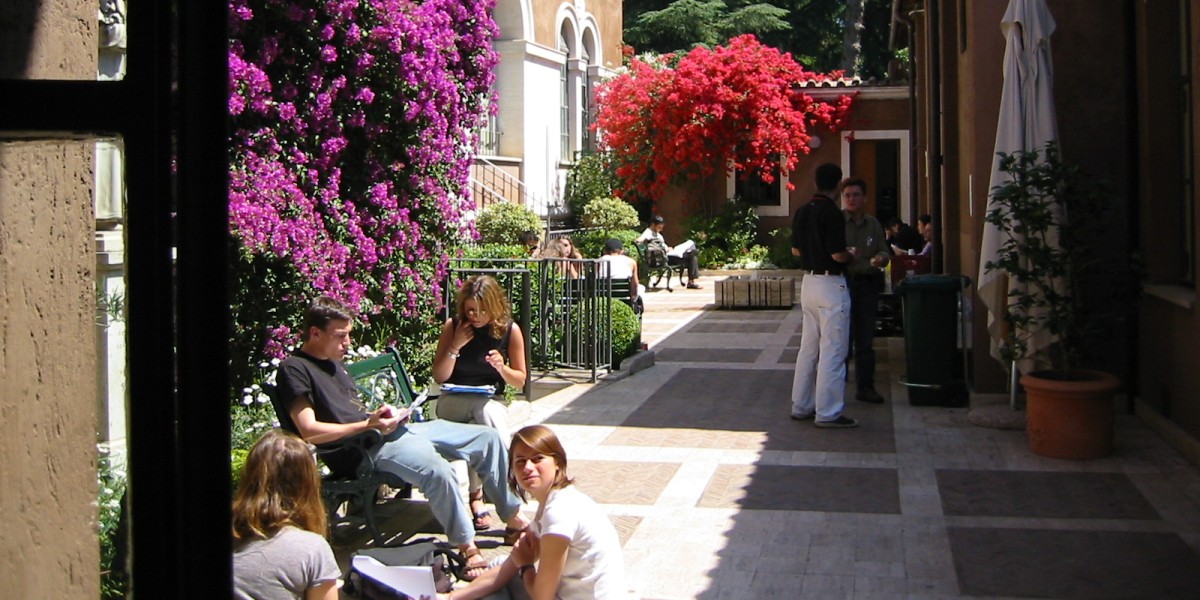
Italy draws in over 100,000 international students every year, making it one of Europe’s most multicultural study destinations. Across historic cities like Rome, Milan, and Florence, students immerse themselves in subjects from architecture and engineering to art history, classics and innovative sciences. Italian universities often go centuries back, and you’ll quickly notice how academic traditions mingle with that unmistakable Italian knack for la dolce vita.
What really sets university life in Italy apart, though, is the access to world-class faculties and the chance to live and study in places that double as UNESCO-listed wonders. With courses in both Italian and English, students from every corner of the globe find a place—and a home—here.
- Why study in Italy? Advantages for international students
- Italian university system – structure and degree types
- How to apply to Italian universities
- Entry requirements for studying in Italy
- Tuition fees and living costs in Italy
- Scholarships and financial aid opportunities
- Studying in Italy in English
- Student visas in Italy
- Accommodation for international students in Italy
- Best Italian cities for international students
- Student life in Italy
Why study in Italy? Advantages for international students

- Italy is home to some of Europe’s most historic and highly ranked universities, with the likes of the University of Bologna and Sapienza University consistently appearing on international league tables.
- Studying in Italy means daily exposure to world-class art, architecture, and design, with many universities located in cities that double as open-air museums.
- For many international students, affordability is key—tuition fees at public universities are generally lower than in other Western European countries, making Italy accessible without mounting debt.
- Italian campuses attract a broad international crowd. Students from across Europe, Asia, and the Americas come together, contributing to a multicultural environment where it’s easy to make friends and broaden your perspectives.
Italian university system – structure and degree types
Italy’s higher education framework closely follows the Bologna Process, structuring degrees as the Laurea Triennale (Bachelor’s, three years), Laurea Magistrale (Master’s, two years), and Dottorato di Ricerca (PhD or doctorate). The vast majority of courses run on the ECTS credit system, making it easy to transfer credits or pursue further studies across Europe. Study styles mix lectures with seminars and practical work, allowing students to tailor learning with a good balance of independent and group study.
Some universities focus on specific fields—polytechnics tend to lead in engineering and design, while others might be known for arts, sciences or classics. Academic calendars usually run from September or October through to late June, with exams at the end of terms and generous holidays in between. There’s a strong emphasis on international partnerships, too, with plenty of options for those keen to mix travel and study with exchange programmes and joint degree options.
How to apply to Italian universities

Applying to an Italian university as an international student is a straightforward process, but it does call for careful timing and attention to detail. The bulk of applications are submitted online through university portals or central platforms such as Universitaly, which guide you through each step and have clear instructions in English.
Once accepted, you’ll need to finalise your pre-enrolment, which often involves submitting further paperwork to the relevant Italian consulate or embassy at home, and start the visa application process if required.
Entry requirements for studying in Italy
Entry requirements for studying in Italy can vary quite a bit depending on your chosen university and the type of course you’re applying for. Sometimes, a personal statement or reference letter is required. Some programmes, particularly in fields like medicine or architecture, may have entrance exams or additional selection procedures.
Generally, undergraduate courses require an upper secondary school leaving certificate that’s recognised as equivalent to the Italian diploma, along with an official translation if your documents are not already in Italian or English. For master’s degrees (the Laurea Magistrale), you’ll need a relevant bachelor's degree, and for doctoral studies, a master’s qualification is usually expected.
Language skills are a key part of the application. If you’re aiming for a course taught in Italian, expect to provide proof of your proficiency—often a B2 level on the Common European Framework (CEFR). For English-taught programmes, most universities ask for certificates like IELTS or TOEFL, usually at a B2 level or above.
Tuition fees and living costs in Italy

Public universities typically charge international students between €900 and €4,000 per year, depending on the course and your family’s financial situation. Fees at private institutions can be considerably higher, often ranging from €6,000 to €20,000 annually, especially for subjects like medicine or business.
When it comes to living costs, most students in Italy spend between €800 and €1,200 per month, with the biggest share going to accommodation. Rent varies a lot by city—a room in a shared apartment in Rome or Milan will cost far more than one in smaller cities like Bologna or Padua. Beyond rent, budget around €200–€300 monthly for groceries, €25–€50 for local transport, and a bit more for utilities, study materials, and occasional leisure. Factor in extras for health insurance (if you’re from outside the EU/EEA), and a little extra for aperitivo or a Sunday train trip.
Scholarships and financial aid opportunities
Italian universities often offer their own merit-based or need-based grants, and there are national or regional scholarship programmes that can ease the cost of tuition and day-to-day expenses. Some awards—like the popular MAECI (Ministry of Foreign Affairs and International Cooperation) scholarships—are specifically set up for foreign students and can cover tuition fees, living costs, and even language courses.
Plenty of students apply for fully funded opportunities, especially through initiatives like Erasmus in Italy, which supports those taking part in European exchange programmes or joint degrees. It’s a good idea to check out universities’ international offices, as they can direct you to specific grants or fee waivers open to those from abroad.
Studying in Italy in English

Many Italian universities now offer a wide range of degree programmes entirely in English, especially at the master’s and postgraduate levels. Fields like business, engineering, economics, design, and international relations are particularly well represented.
Universities typically look for at least a B2 level in English for these types of courses. Some institutions might offer language assessments or accept alternative certificates, so it’s worth checking the specific requirements set by your chosen course.
Bocconi University in Milan, Politecnico di Milano, Sapienza University of Rome, and the University of Bologna are all known for their robust line-up of English-medium degrees. For those keen to learn Italian while in Italy, plenty of universities also provide free or affordable language courses.
Student visas in Italy
International students from outside the EU will need to apply for a student visa to study in Italy, while EU students can simply register their stay after arrival. The main requirements usually include a letter of acceptance from your chosen university, proof of sufficient funds, and suitable health insurance.
Once you land in Italy, you’ll need to apply for a Permesso di Soggiorno (Permit of Stay) within eight days—this is an essential step for staying legally beyond a short visit. The process is fairly straightforward, but it’s wise to check the most recent guidelines and gather your documents ahead of time, as having everything in order makes the move much smoother.
Accommodation for international students in Italy
Many international students start out in university-managed halls of residence, which provide an easy way to meet people but can be in high demand. These halls tend to offer shared rooms and basic facilities, sometimes with meal plans, at a reasonable monthly cost.
A popular alternative is renting a room in a shared apartment (appartamento condiviso) with other students or young professionals. This option offers more privacy, the chance to practise your Italian, and flexibility with location and price. Studio apartments are also available, though these tend to be pricier and can go quickly. Landlords usually require a deposit of one or two months’ rent, and rental contracts can be anything from three months to a year.
Best Italian cities for international students

Italy serves up an impressive range of university cities, each with its own atmosphere, traditions, and appeal for international students.
Milan
The modern and stylish Milan is a top choice for those interested in business, design, and technology. It’s cosmopolitan, fast-paced, and packed with culture and nightlife.
Rome
In Rome, Sapienza University welcomes thousands of international students every year. The city itself offers a mix of ancient history, playful street life, and endless opportunities for those studying the arts, humanities, and sciences.
Florence
The picture-perfect city of Florence is famous for its artistic legacy and attracts students keen on art history, architecture, and languages. The city's compact centre makes it easy to settle while studying in Florence.
Bologna
For a more traditional university experience, studying in Bologna means attending Europe’s oldest university. The University of Bologna draws students from across the world for everything from law to biotechnology, and where student-led events and lively piazzas are the norm.
Other great picks include Padua and Turin, both known for high-quality research and strong engineering, science, and medicine departments. Smaller cities, such as Siena or Trento, are worth considering for a more intimate feel and beautiful natural surroundings.
Student life in Italy

Italian campuses are alive with student associations, sports groups, and societies, so it’s easy to get involved and make friends beyond your classes. Food and coffee breaks bleed into campus life, and academic debates can just as easily drift into discussions on which neighbourhood serves the best gelato. Socialising often starts with a coffee at the campus bar and can roll on to evenings spent at an aperitivo, where students gather to unwind over snacks and spritz.
Food naturally plays a big part in the daily routine. University canteens offer hearty and affordable meals, and most students soon pick up the habit of long lunches, quick pasta dishes, and hunting for the local bakery’s best panino.
Events and festivals are fixtures on the calendar, offering everything from ancient pageants to live music concerts, while many cities host language exchanges and meetups for international students.
